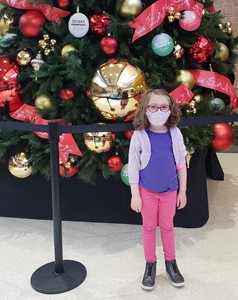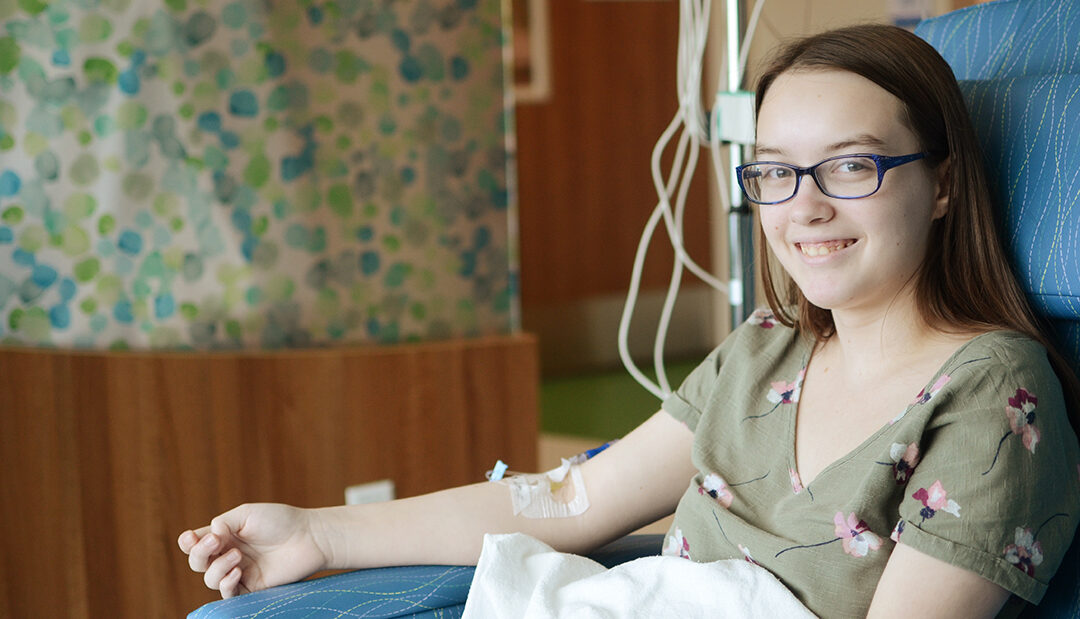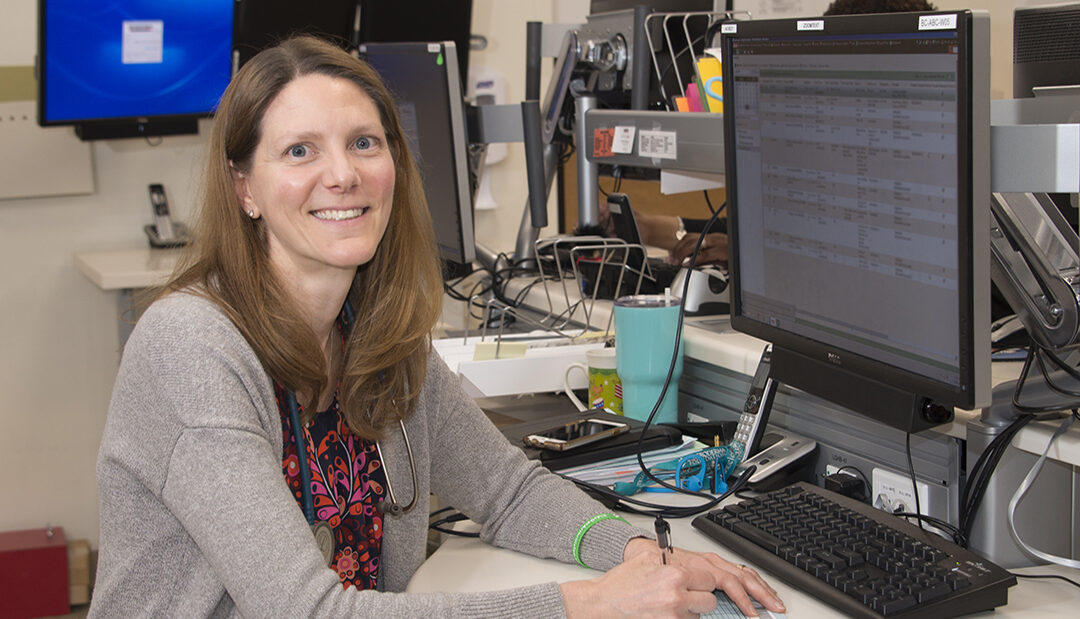
Share Your Story: A Place of Healing
Blog written by Norah’s mom, Julie of Dallas, TX.
During the summer of 2018 we brought our 3-year-old daughter, Norah, to Scottish Rite for Children with unexplained weakness. Previously a rough and tumble toddler, Norah had stopped running and playing. She requested to be carried everywhere. Her whole demeanor was subdued, and we were desperate to know what was weakening our spunky girl.
The Rheumatology team at Scottish Rite immediately recognized that Norah was suffering from a rare form of childhood arthritis, called Juvenile Dermatomyositis (JDM). JDM is rare enough that many children go months and even years before getting a diagnosis, but Dr. Nassi needed only minutes. The skilled and compassionate nurses began an aggressive treatment course of IV medications that day to slow and reverse the weakness that had overtaken her.

The initial months of treatment required a very difficult adjustment for our family of five, but it became clear that Scottish Rite was going to have our backs, both medically and emotionally. At her weakest, Norah could not lift her head off the bed or sit without support on her sides. Her swallowing muscles weakened, requiring a nasogastric feeding tube. A port was placed in her chest for her many doses of IV medications. Absolutely everything Norah needed medically, Scottish Rite was able to provide. It was a much needed one-stop-shop for us during a stressful time. For many appointments, Norah and I would stay in her exam room while specialist after specialist rotated in and out to give her the care she needed. Dieticians, occupational therapists, speech therapists, developmental disabilities practitioners, mental health counseling, our heroes in Child Life – the list goes on and on. The level of teamwork across specialties is an inspiration.

It is also an inspiration to know that this level of care is offered at Scottish Rite to all patients, regardless of their ability to pay.
Now, Norah can run, jump and play again with her two older brothers, plus her new kindergarten friends. She had some hard days and surely those memories are difficult and persistent, but her overall take away is that Scottish Rite is a place of healing and loving attention. Our appointments are less frequent now, but it always feels like we are visiting friends. From the moment we walk in, to the smell of popcorn, to the final minutes when we allow her to finally spend the dime she has been saving all month for the gumball machine, Scottish Rite makes what could be a traumatic day into a treat for her. We credit that atmosphere of positivity mixed with expert care, for her miraculous recovery and continued progress.

